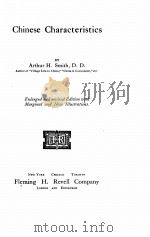《Understanding Chinese courts and legal process:law with Chinese characteristics》
| 作者 | Brown;Ronald C. 编者 |
|---|---|
| 出版 | Kluwer Law International |
| 参考页数 | 403 |
| 出版时间 | 1997(求助前请核对) 目录预览 |
| ISBN号 | 9041106073 — 求助条款 |
| PDF编号 | 813700508(仅供预览,未存储实际文件) |
| 求助格式 | 扫描PDF(若分多册发行,每次仅能受理1册) |
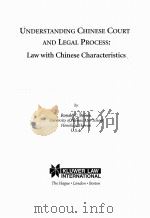
PART ONE Legal Process in China1
CHAPTER 1 Introduction to the Chinese Legal Process3
1. Introduction to Judicial Process3
2. Legal Environment Within Which the Court Operates6
a. The Law of Criminal Procedure8
(1) The Ministry of Public Security's Role in Law Enforcement10
(2) Procuratorate's Role in Law Enforcement14
b. The Law of Civil Procedure15
c. The Law of Administrative Procedure19
d. Non-Litigation Dispute Resolution Procedures:Mediation and Arbitration22
e. Changing Roles of Lawyers and Judges24
PART TWOThe Court and Its Work29
CHAPTER 2Organization and Judicial Administration31
1. Sources and Limitations of Authority31
2. Court Structures and Judicial Administration35
a. Court Structures and General Responsibilities of the Supreme People's Court35
b. Court Organizational Structures38
c. Non-Adjudicative Operational Responsibilities41
d. Operational Responsibilities under Adjudicative Divisions42
3. Court Personnel44
CHAPTER 3Judicial Process: Operation of the Courts51
1. Jurisdictional Authority: Cases of First Instance51
a. Basic People's Courts52
b. Intermediate People's Courts52
c. Higher People's Courts53
d. Special Courts54
e. Supreme People's Court54
2. Court Review55
a. Right of Review by Appeals and Protests: Cases of Second Instance55
b. Discretionary Review by Supervisory Procedures: Adjudication Supervision57
(1) Petition or Application for Retrial59
(2) Court President's Discretion to Refer Case to Adjudication Committee60
(3) Procuratorate's Right to Protest61
c. Review of Death Sentences63
3. Functions of the Court64
a. Adjudication Function65
b. "Judicial Interpretation" Function67
4. Internal Decision-Making Operations of the Court70
a. Procedural Channels of Decision-Making70
(1) Cases of First Instance70
(2) Cases of Second Instance72
b. Adjudication Supervision74
(1) Procedure for Discretionary Review and Retrial of a "Final" Decision74
(2) Adjudication (Judicial) Committee75
c. "Decisions": Making Them and The Effect of"Binding Guidance"76
(1) Who Makes Them and How76
(2) Types of"Decisions"78
(3) Uses of Decisions: "Binding Guidance"81
5. Execution of Judgments83
6. Foreigners in Chinese Courts86
a. Litigation86
b. Arbitration88
7. International Judicial Assistance89
8. Chinese Courts and Hong Kong92
PART THREENew Laws "Professionalizing" Enforcers of Laws95
CHAPTER 4 Engines of Change: Procedural Means and Professional Manpower97
CHAPTER 5New Laws Professionalizing Personnel of Judicial Institutions101
1. Judge's Law (1995)101
2. Procurator's Law (1995)107
3. Police Law (1995)110
4. Lawyer's Law (1996)115
PART FOURChinese Courts: Now and Into the Year 2000119
CHAPTER 6 Moving Toward Goals: Directions and Developing Themes121
1. Priorities in Achieving National Goals123
2. Increased Transparency of Judicial Process125
3. Judicial "Independence in Accordance with the Law"127
4. Court's Increasing Importance: From Mediation to Litigation—The "Great Leap Forward"131
5. "Rule of Law with Chinese Characteristics"—What's in a Name?133
CHAPTER 7 Court's Relationship with Other Legal Institutions and Processes141
1. Inter-Action Among Judicial Institutions: "Checks and Balances?"141
2. The Supreme People's Court and Its Lower Courts143
3. Court Review: Non-Exclusive, But Ultimate Judicial Arbiter of Disputes from Non-Judicial Forums145
Conclusion: Final Observations: Try to Understand China146
Appendix149
1. Organic Law of People's Courts (as amended 1983)150
2. Administrative Procedure Law (1989)158
3. Civil Procedure Law ( 1991 )174
4. Constitution (as amended 1993)231
5. Arbitration Law (1994)265
6. State Compensation Law (1994)280
7. Judge's Law (1995)292
8. Police Law (1995)303
9. Procurator's Law (1995)313
10. Administrative Punishment Law(1996)323
11. Lawyer's Law (1996)335
12. Criminal Procedure Law (1979)343
13. Criminal Procedure Law Amendments(1996)373
Index399
1997《Understanding Chinese courts and legal process:law with Chinese characteristics》由于是年代较久的资料都绝版了,几乎不可能购买到实物。如果大家为了学习确实需要,可向博主求助其电子版PDF文件(由Brown;Ronald C. 1997 Kluwer Law International 出版的版本) 。对合法合规的求助,我会当即受理并将下载地址发送给你。
高度相关资料
-
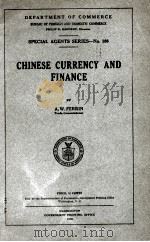
- CHINESE CURRENCY AND FINANCE
- 1919 WASHINGTON GOVERNMENT PRINTING OFFICE
-

- Understanding The Chinese Mind The Philosophical Roots
- 1989 Oxford University Press
-

- ENCOUNTERS WITH CHINESE WRITERS
- 1984 WESLEYAN UNIVERSITY PRESS
-

- COMMUNICATING EFFECTIVELY WITH THE CHINESE
- 1998 SAGE PUBLICATIONS
-
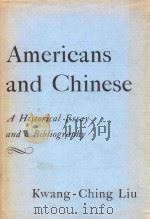
- AMERICANS AND CHINESE
- 1963 HARVARD UNIVERSITY PRESS
-
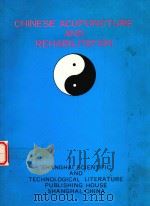
- CHINESE ACUPUNCTURE AND REHABILITATION
- 1990 SHANGHAL SCIENTIF
-
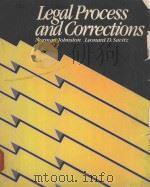
- LEGAL PROCESS AND CORRECTIONS
- 1982 HOHN WILEY AND SONS
-
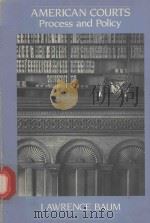
- AMERICAN COURTS PROCESS AND POLICY
- 1986 HOUGHTON MIFFLIN COMPANY
-

- CHINESE FAMILY LAW AND SOCIAL CHANGE
- 1978 UNIVERSITY OF WASHINGTON PRESS
-
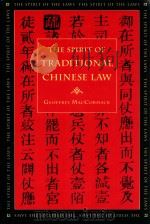
- THE SPIRIT OF TRADITIONAL CHINESE LAW
- 1996 THE UNIVERSITY OF GEORGIA PRESS
-
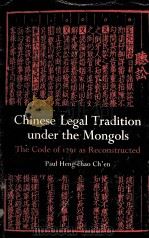
- CHINESE LEGAL TRADITION UNDR THE MONGOLS
- 1979 PRINCETON UNIVERSITY PRESS
-

- Introduction to Law and the Legal Process
- 1980 John Wiley & Sons Inc
提示:百度云已更名为百度网盘(百度盘),天翼云盘、微盘下载地址……暂未提供。➥ PDF文字可复制化或转WORD

